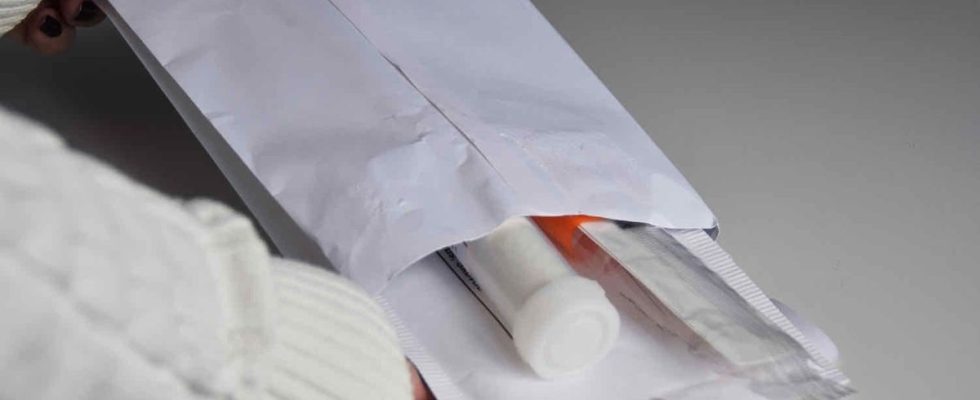Published on
Updated
Reading 2 mins.
A new American study shows that women would be more active in the screening process for cervical cancer if this examination could be done at home. Self-tests have for several years demonstrated their effectiveness.
In France, one in four women has no gynecological follow-up and does not regularly perform cervical cancer screening smears. A real health problem, since home collection kits for the papillomavirus could “double” the screening rate in under-screened women. The results of this study are published in the journal The Lancet Public Health.
Some isolated women do not perform pap smears
The main cause of cervical cancer is infection with a high-risk human papillomavirus (hrHPV), which exposes women to precancerous cervical lesions. However, low-income and under-screened women do few smears.
In this context, American scientists wanted to test the rate of participation in cervical cancer screening by offering women a “self-test at home”.
To do this, they recruited 665 “under-screened” women – residing in 22 counties in North Carolina (United States). Intensive awareness-raising campaigns (print and radio advertisements, online publications, events, social assistance hotline…) were used to recruit those participants who had difficulty accessing a gynecologist. The average age of applicants was 42, and more than half said they were black or Hispanic (55%), uninsured (78%) or unemployed (57%).
Participants then received hrHPV self-collection kits and help with making an in-person appointment, or only help with making an appointment.
72% participation rate
Result ? Among women who received the kits at home, the rate of participation in cervical cancer screening was almost double (72%) compared to those who received only help to make an appointment. you (37%).
For researchers, home collection kits are therefore necessary in these populations.
“Government approval of home HPV testing would have a huge impact. We could better reach populations in rural areas where cervical cancer screening is difficult. Also, only people who self-test positive should go to a clinic for testing. For the many Americans without reliable access, cervical cancer screening at home would allow them to get life-saving preventative care“, says Dr. Noel Brewer, co-author of the study.
When is the use of self-tests?
Studies are accumulating to show that the use of self-tests for this detection is also effective according to a study dating from 2014 in France and makes it possible to reach women far from the healthcare system (an English study dating from 2019 already recalled this). In France, a study carried out by the Cancer Screening Coordination Center at the University Hospital of Tours should make it possible to assess the relevance of this measure in France. Of course, these self-tests cannot be a one-size-fits-all solution: they will not replace a visit to a doctor, which allows a more general assessment of many health issues, but they would make it possible to reach women aged 25 to 65. usually non-participants in screening programs.
In France, 17 million women aged 25 to 65 are concerned by the generalization of this screening. Even if the prevention of this cancer has benefited for several years from an effective vaccination, each year, nearly 3000 women develop cancer of the cervix and 1000 women die from it.
